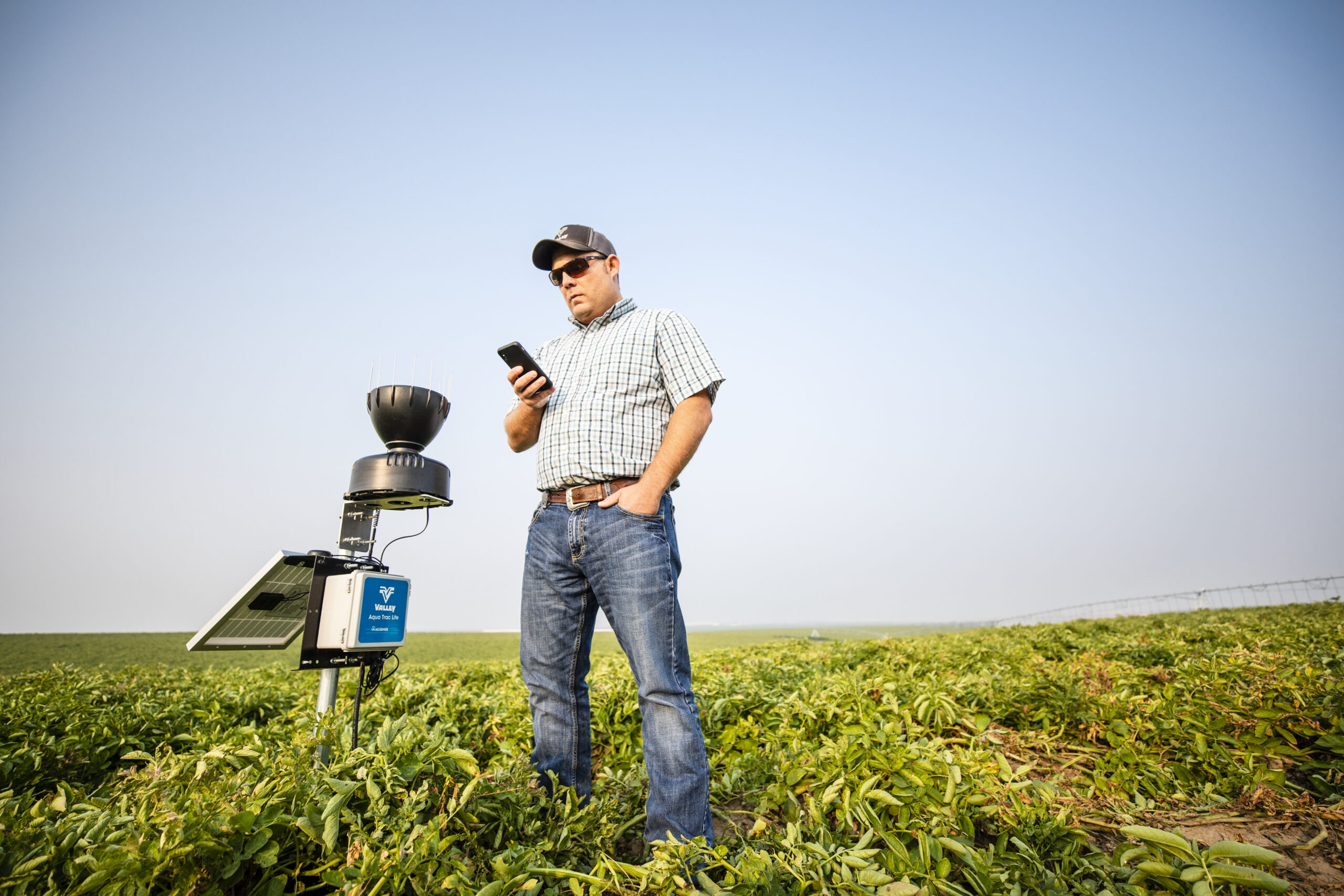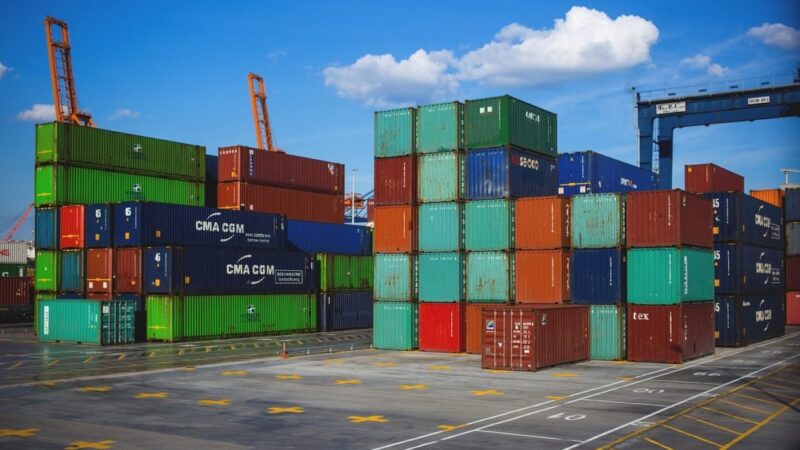MAXIMIZING IRRIGATION EFFICIENCY: TIPS AND TRICKS FROM PUMP EXPERTS

Low irrigation efficiency significantly impacts ecology and farm economics. One of the leading causes of low efficiency and water and energy waste is improper scheduling and poorly functioning irrigation systems. Consider these tips if you want to maximize the effectiveness of your irrigation.
Select the appropriate irrigation technique.
Every irrigation technique, including surface, sprinkler, drip, and micro-sprinkler, has pros and cons. Your crop, soil, terrain, water availability, and financial constraints influence your chosen irrigation method. Drip and micro-sprinkler irrigation are often more efficient than surface and sprinkler watering because they limit losses from evaporation, runoff, or deep percolation and supply water directly to the root zone. However, they require additional initial investment, upkeep, and filtering.
Update and maintain your irrigation system.
You can save water and energy expenses while increasing irrigation efficiency with a modernized and well-maintained irrigation system from Pumpbiz. It is important to periodically inspect your pipelines, valves, pumps, filters, emitters, and sprinklers for wear, damage, leaks, and clogs. If necessary, replace or repair them. You may also need to calibrate your irrigation system to ensure it disperses and supplies the proper amount of water. Installing pressure regulators, flow meters, soil moisture sensors, smart irrigation controllers, and other automated and efficient irrigation equipment may also be a good idea.
Practice irrigation timing
Irrigating is most effective at night when ET rates are at their lowest. Evapotranspiration, or ET, is the total of plant transpiration and evaporation from the surface of the Earth’s oceans and land into the atmosphere. Irrigation scheduling entails balancing evapotranspiration and drainage (water losses) against rainfall and water application (water gains) using the soil’s available water capacity as a water storage reservoir. It is necessary to understand the soil’s water-holding capacity and condition, the rate at which the water is depleting, the effects of rainfall, and the amount of water an irrigation system applies to schedule irrigation accurately.
Upgrade to nozzles with high efficiency.
You’re probably wasting a lot of water on misted, wasted water that blows away from your old, outdated sprinkler heads. Newer sprinkler heads with water-saving features shoot bigger, heavier water droplets that sink to the ground. Additionally, because they release water considerably more slowly, the ground has more time to absorb that valuable water.
Practice water conservation measures.
You can minimize your water demand and improve the health of your soil and crops by using water conservation methods and increasing the efficiency of your irrigation system. These practices include:
- Cover cropping, which is planting crops that cover the soil and provide benefits like organic matter, nitrogen fixation, pest control, and water retention
- Crop rotation, which is switching up the crops in the same field to prevent soil depletion, pest infestation, and disease transmission
- Mulching, which is applying organic or synthetic materials on the soil surface to minimize weed growth, erosion, and evaporation erosion
- Rainwater harvesting comprises gathering and holding onto rainwater from roofs, gutters, or ponds for irrigation or other applications.
The takeaway
Invest in a maintenance plan for your irrigation system. You may feel secure knowing that a qualified irrigation technician will find any problems with your sprinkler system before you waste a lot of water.



